Multiple Personality Music: Lake Street Dive at the Michigan Theater

“We’ve been in Ann Arbor before!” announced Rachael Price, lead singer of Lake Street Dive, at the band’s performance Wednesday night at the Michigan Theater. “We played The Ark way back when -- was anyone here at that show?” One or two members of the crowd hooted. “That seems about right,” said Price with a laugh. “Because that’s about the number of people who were at that show.”
Since then, Lake Street Dive’s star has risen rapidly. The four-member band filled the Michigan Theater, and Lake Street Dive has been touring almost constantly for the past year and a half, simultaneously promoting its acclaimed 2016 album, Side Pony, and bringing some of their overlooked older work back to the stage.
Comprovisation: Julian Lage and Chris Eldridge Live at The Ark
Guitar maestros Julian Lage and Chris Eldridge gave Ark-goers a show to remember on February 27, deftly weaving a rangy array of influences into a coherent and lively musical conversation.
Equally at ease in the company of jazz greats (Gary Burton, Fred Hersch) and bluegrass luminaries (Béla Fleck, David Grisman), Julian Lage continues to cover new ground while honoring the traditions that have informed his evolution as a musician. Chris “Critter” Eldridge is no slouch either, having cut his teeth on the national stage with The Seldom Scene and the Infamous Stringdusters before bringing his nimble and artful guitar work to the inventive, genre-bending Punch Brothers.
While much of the duo’s 2015 effort, Avalon, featured Eldridge’s vocals, their latest, Mount Royal (released last week) carves out more space for the interplay between the voices of their vintage Martin guitars. This heightened focus on instrumental improvisation, evident in concert, was a key driving force behind the songwriting process for the new album, which Lage and Eldridge discussed in greater detail with Pulp last week.
“The Aesthetic Movement in America: Artists of the Photo-Secession” at UMMA
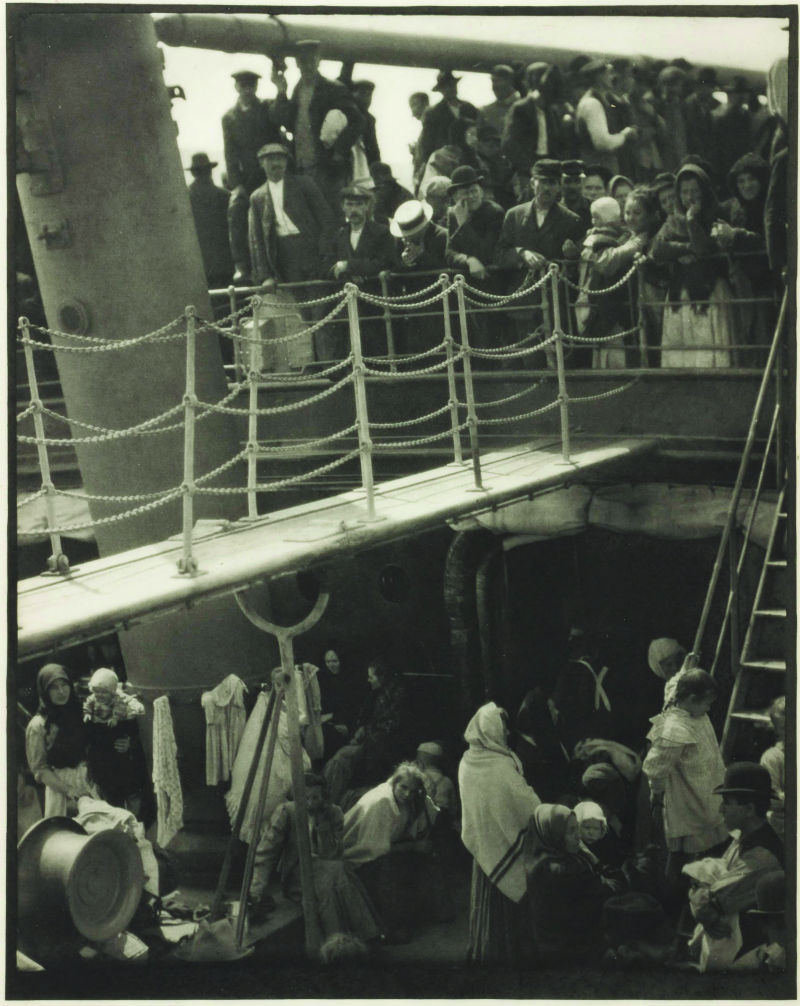
The Photo-Secession movement is one of those rare historic instances where radicalism won -- and still wins today.
As seen in “The Aesthetic Movement in America: Artists of the Photo-Secession” at the University of Michigan Museum of Art, this turn-of-the-20th-century American creation became “the first truly international photography movement,” as noted in the gallery statement by UMMA Curator Emerita Carole McNamara. She also wrote that the movement's practitioners -- among them ringleader Alfred Stieglitz as well as Alvin Langdon Coburn, Gertrude Käsebier, Edward Steichen, Paul Strand, and Clarence White -- “sought to position photography as a legitimate aesthetic artform.”
Taking Control of the Story: Ping Chong + Company’s "Beyond Sacred: Voices of Muslim Identity"
“When someone else tells your story, you lose power,” said Amir Khafagy on the portrayal of Muslims in popular culture.
On February 18 at the Power Center in Ann Arbor, UMS presented Ping Chong + Company’s Beyond Sacred: Voices of Muslim Identity. This interview-based play analyzed the complexities of Muslim identities post 9/11.
Aside from the state-of-the-art projection, light, and sound design, there were no theatrical thrills. No dressings for the set, or costumes, and the performers were storytellers, not trained actors. The script was comprised of their own personal stories, creating a completely raw and enveloping experience. Often interview plays such as The Laramie Project are written based on true stories, but retold by actors. The entire show was performed with the actors sitting in chairs, reading off of scripts. This is to allow non-actors the chance to feel comfortable on stage, and able to tell their story. The script bounces from person to person with interludes of clapping, connecting the performers and audience to the rhythm of the experience.
Although Ping Chong + Company have developed dozens of plays utilizing this “formula,” the bravery of these individuals to take control of their story during heightened political tensions was therapeutic for everyone involved.
Subtle Switches: "Nancy Feldkamp, Watercolors” at Kerrytown Concert House

Sometimes what you see in an artist's work isn’t nearly as important as what you don’t see. Nancy Feldkamp’s Watercolors at the Kerrytown Concert House shows the Chelsea resident's transformation from a geometrically focused painter to one who uses subtle inferences to give shape to her renderings.
As ever, her pastoral themes remain, as Feldkamp modestly says in her KCH gallery statement: “My work honors the beauty of farm life and its interaction with nature in intuitive ways. The shapes and lines suggest distant farmsteads as they nestle together in their actual settings and this stirs my responses.”
Quite right, yet looking at Feldkamp’s work in this light only tells half the story in this show. While nature and rural settings still play a significant role in her paintings, how she depicts those scenes has changed considerably during the two decades I've observed her output. Back in the 1990s, Feldkamp’s art was rigorously geometrically driven. Her countryside settings were activated by a compositional style whose expression was subordinated to her rectilinear line.
Fabulous Fiction Firsts #628, Parts 1 & 2
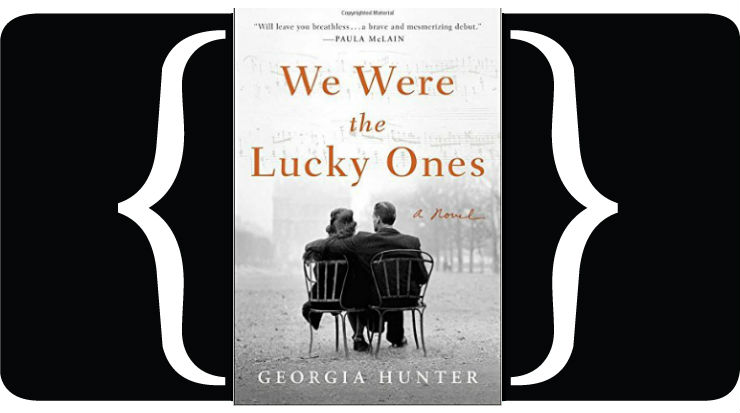
"If you are here today ... you are a survivor. But those of us who have made it through hell and are still standing? We bear a different name: warriors.” ~Lori Goodwin.
Fabulous Fiction Firsts #628, Pt.1
Two extraordinary debut novels set during WWII came out on Valentine's Day, and both speak to the capacity of the human spirit to endure in the face of the 20th century’s darkest moment.
We Were the Lucky Ones is based on the true story of the Kurc family of Radom, Poland. In 1939, prosperous and educated, Jewish merchants Sol and Nechuma were trying their best to live normal lives with their family as war was looming, observing religious holidays and doting on their new grandchild. When Germany invaded Poland, Sol and Nechuma decided to stay with daughters Halina and Mila, while their sons Genek and Jakob joined the Polish army.
Middle son Addy, an engineer and budding composer was stuck in France and was eventually conscripted. Over the course of the war, the three generations of Kurcs were flung to distant points on the globe, from the jazz clubs of Paris to the beaches of Rio de Janeiro to Kraków’s most brutal prison and the farthest reaches of the Siberian gulag, they were driven by an extraordinary will to survive and to reunite.
Roustabout Theatre Troupe's "Shakespeare, You Sexy Beast" Was Refreshingly Risque
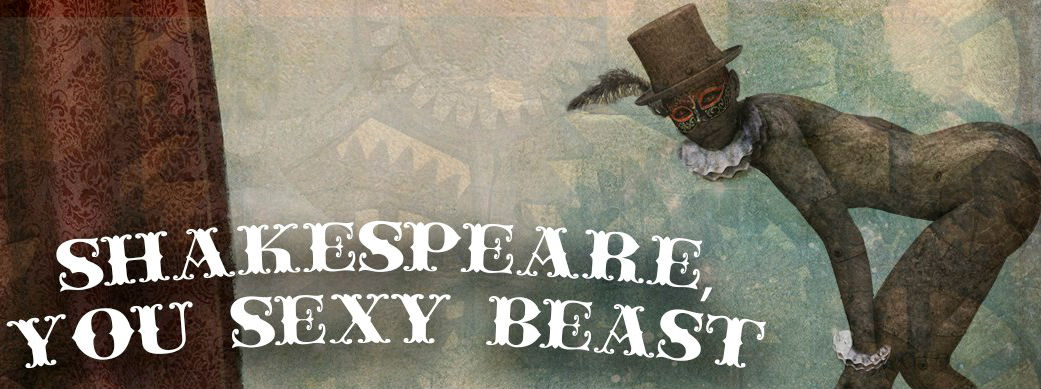
Who knew Shakespeare could be so racy?
On February 9, Roustabout Theatre Troupe presented a sold-out performance titled Shakespeare, You Sexy Beast!, a montage of scenes and sonnets all centered around the theme of sweet, sweet love. (The show was also repeated February 10-11.)
As a local, it’s always exciting to see live theater in the Ypsilanti community. This used to be a rare opportunity, but now with Roustabout Theatre Troupe, Neighborhood Theatre Group, and PTD Productions live theater in downtown Ypsi is an actual “thing.”
Niceland and Forest Art House Are Using the Old Tiny Buddha Space for Pop-Up Art Events
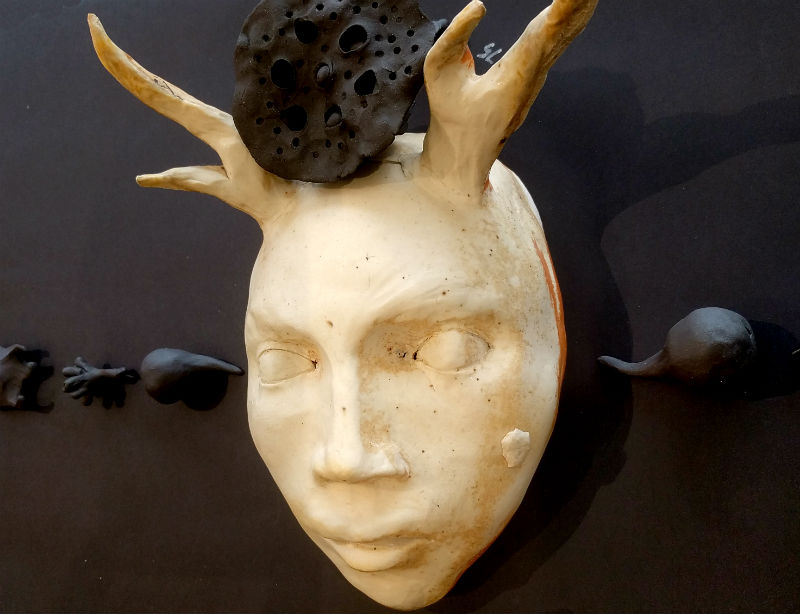
Art is everywhere in this town; you just need to know where to look. The Niceland art show, a pop-up exhibit that took place last weekend, is a perfect example of how tucked away spaces can be transformed into showrooms for painters and sculptors.
The Tiny Buddha Boutique was previously above Totoro at 213 S. State Street. But the shop, which specializes in yoga wear, recently moved to a new location inside Babo in the Nichols Arcade, though Tiny Buddha still has rights at the moment to use the old space.
"We wanted to take advantage of the space while it is available," said artist Helen Gotlib (sister of Tiny Buddha Boutique owner Risa Gotlib) to display works by local artists.
That led to the Niceland art show, which ran February 10-13. The show featured work from local artists Dylan Strzynski, Lavinia Hanachiuc, and Gotlib.
Behind the Black Star: Jonathan Barnbrook's Stamps talk at the Michigan Theater
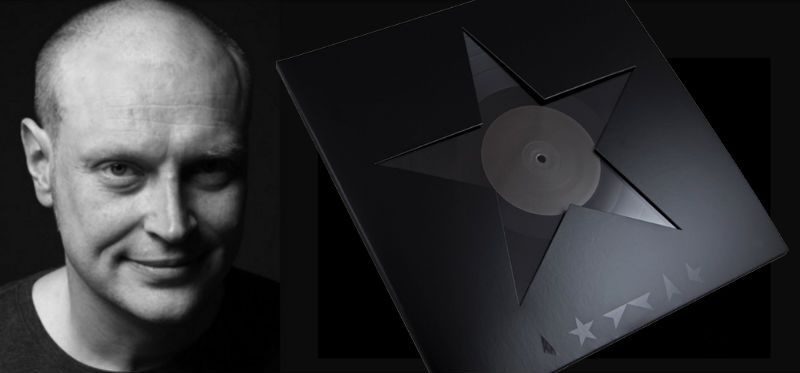
Designing album covers for a legendary musician has its perils and its perks. According to Jonathan Barnbrook, they're sometimes one in the same.
"Can you imagine how scary it is to have David Bowie sitting next to you when you're listening to his album?" the British graphic designer asked the audience at Ann Arbor's Michigan Theater on Thursday, February 9. "He's going, 'What do you think?'"
As the crowd laughed, Barnbrook's tone shifted from comedic to grateful: "It's actually fantastic."
The self-described "non-designer" was in Ann Arbor as part of the Penny Stamps Distinguished Speaker series. In addition to his collaborations with Bowie, Barnbrook's often-humorous talk covered highlights from his career, including his anti-corporate work with Adbusters magazine in the early '00s, the creation of several well-known fonts, and political and socially minded exhibits and campaigns, including his logo for the Occupy London movement.
Outer Devotion: “Protecting Wisdom: Tibetan Book Covers” at UMMA
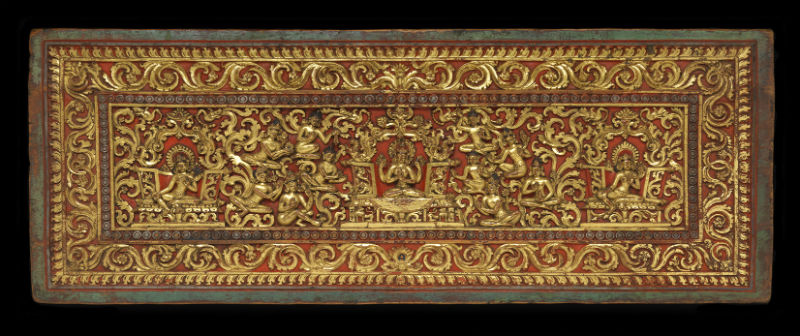
First times are always special. But a first-ever of something is especially special. Such is the case with the University of Michigan Museum of Art’s exhibit Protecting Wisdom: Tibetan Book Covers From the Maclean Collection.
Mounted in the UMMA’s Irving Stenn Jr. Family Gallery, this display not only presents us with an incomparable iconographic delight, it’s also the first time this art form's been exhibited in the United States -- and one of the first times these artworks have been seen by the public. So, yes, Protecting Wisdom really is special.
As the guest curator, Dr. Kathryn Selig Brown (U-M Ph.D. in Tibetan History of Art), tells us in her introduction:


































